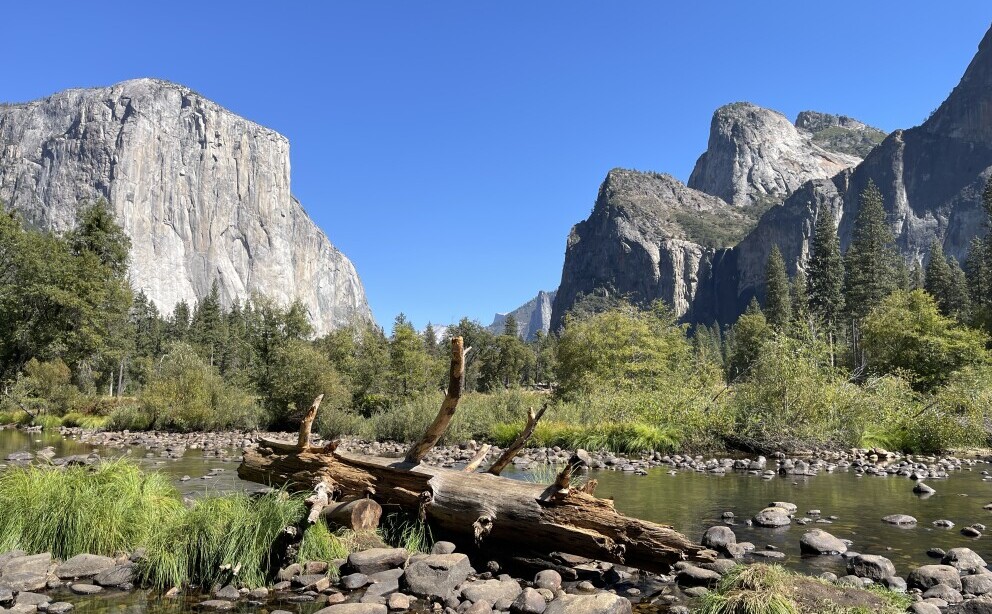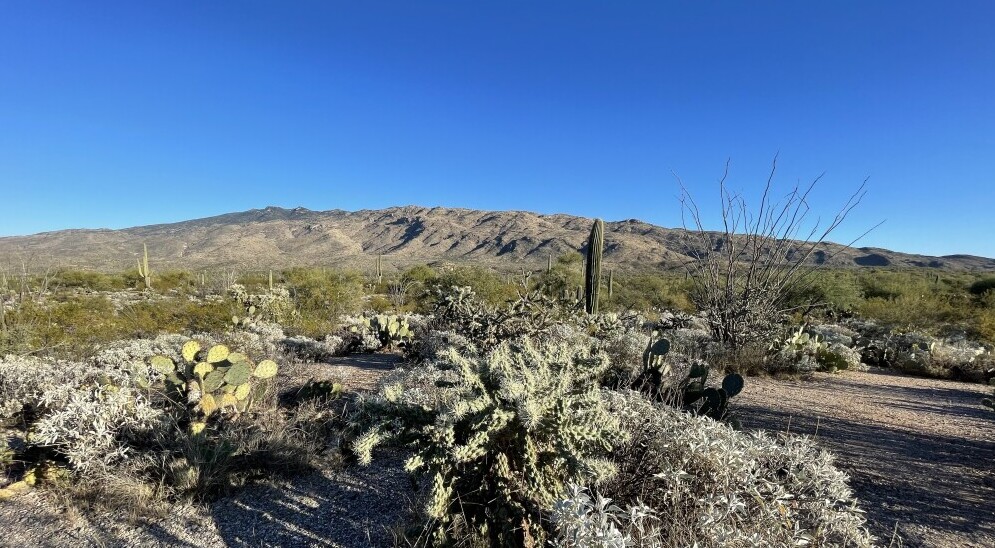Winter camping in national parks offers a different kind of magic that summer just can’t match. When the snow blankets the ground and the air feels crisp, everything takes on a serene tone. The best part? Far fewer people to share it with. This means less hassle and a more intimate experience with the natural world.
Choosing the right way to camp is crucial. Tents or RVs both have their perks depending on what you’re after. For those with a knack for adventure, tent camping immerses you directly into the wilderness—just make sure you’ve got gear that’s up for the chill. If comfort’s more your thing or the idea of a warm bed at night appeals to you, an RV offers a snug escape from the elements. Just double-check that the park you’re eyeing has RV access during winter.
Permits can be a big deal, especially for popular spots or backcountry areas. It’s wise to stay informed and grab any permits early to avoid missing out. Each park has its own set of rules, so a bit of homework goes a long way in making sure nothing derails your plans.
Opportunities for both novice and seasoned campers abound. From exploring well-trodden day hikes to tackling multi-day backcountry treks, winter camping accommodates varying levels of experience. Whatever your skill level, the goal is to appreciate the quiet beauty of these landscapes.
Some parks offer exceptional winter adventures, balancing safety and excitement. Consider your own camping style and expertise to pick the right destination. Whether you want the ruggedness of Montana’s snowy trails or the balmier climes of Florida, there’s something out there for everyone.
Top National Parks for Tent Camping Adventures
For the hardcore adventurers who love sleeping under the stars, several national parks offer perfect tent camping spots even in the colder months.

- Yosemite National Park in California is a favorite, boasting four developed campgrounds that stay open year-round. Whether you choose a snow-covered site or hunt for a dry patch, the views are incredible. Just remember to bring a tent built to handle chilly nights.
- Haleakalā National Park in Hawaii provides a contrasting experience. It might seem odd to consider winter camping here, but the combination of coastal and alpine backdrops is stunning. Exploring the backcountry of Haleakalā Crater rewards campers with sweeping views of volcanic wonders.
- Arches National Park in Utah is another gem for tent camping. With Devils Garden Campground open through winter, you’ll find a peaceful escape among snow-dusted arches. Bundle up and consider some winter backpacking for an authentic nature experience.
- Over in California, Joshua Tree National Park gets a huge influx of visitors in the cooler months, as the harsh summer sun becomes a distant memory. While the campgrounds fill up fast, planning ahead and securing backcountry permits opens up options for a quieter retreat.
This lineup of parks offers diverse environments, from lush green valleys to stark desert landscapes. Make sure your tent setup can handle the specific weather conditions you’ll face, and pack gear suitable for cold and potentially wet conditions. These parks showcase nature’s beauty, even amidst winter’s chill, offering a fulfilling camping adventure just about everywhere.
RV Camping Destinations for a Cozy Winter Retreat
When it comes to winter camping with a touch of comfort, RVs can be the perfect solution.
- Starting in Florida, Everglades National Park offers a warm refuge, escaping the swarms of bugs that dominate other seasons. With campgrounds like Long Pine Key and Flamingo, you can enjoy the mild weather from the comfort of your rig.
- North to Washington, Mount Rainier National Park demands visitors prepare for intense snow conditions. If you’re ready for a bit of adventure with the convenience of an RV as your base, it promises breathtaking winter vistas. Snow camping is permitted but requires a good dose of preparedness to tackle the elements.
- Over in Utah, the Watchman Campground at Zion National Park remains open year-round. Even with icy trails, the lower elevation temperatures stay pretty friendly, making it a great spot for those looking to enjoy the park’s wonders without freezing.
- Death Valley National Park swaps its famously scorching heat for a milder winter experience, making it much more bearable. Multiple developed campgrounds ensure you find a place to park your RV and explore the vast desert landscape without the summer burn.
Each of these destinations offers a unique taste of winter—in the distinct landscapes they present, the facilities they offer, and the challenges you might face. But they all promise a rewarding experience, mixing the wild with just enough comfort to keep things cozy.
Blending Adventure with Survival Skills: Backcountry Favorites
For those ready to step off the beaten path, the backcountry of America’s national parks provides the ultimate winter challenge.
- Take Yellowstone National Park, spanning Wyoming, Montana, and Idaho. Here, mid-December through March, backcountry camping is permitted with the appropriate permits. The cold can be brutal, but patient adventurers might spot wildlife rarely seen at other times.
- Grand Teton National Park in Wyoming offers an equally thrilling experience. Even during winter, the park’s snow sports attract experienced backcountry enthusiasts looking for an exhilarating blend of solitude and challenge. It’s definitely for those who can handle tough weather conditions with a smile and skill.
- Travel down to Texas, and you’ll find Big Bend National Park. With developed campgrounds and primitive roadside sites, it’s a treat for anyone interested in varied terrains. Winter marks the peak visitation season, so it’s all about finding the balance between the popular and the unexplored. Primitive camping provides some distance from the crowds without abandoning all comforts.
- In Colorado, Rocky Mountain National Park greets campers with both frontcountry and backcountry possibilities. The snow-covered Southern Rockies promise peace and quiet, crafting a perfect backdrop for those who cherish solitude among snowflakes.
Backcountry camping in winter isn’t everyone’s cup of tea, but if you love the idea of pairing peace with a hint of peril, these parks might just be calling your name. Be sure to prepare well, know your route, and carry the necessary permits to ensure a safe and rewarding outdoor adventure.
Exploring Unique Seasonal Opportunities in Select Parks
- Bryce Canyon National Park in Utah presents a unique opportunity for those ready to try snowshoeing and skiing. Seasoned adventurers will find the landscape’s snow-covered formations both a challenge and a beauty to behold, turning the park into a magical winter venue.
- Arizona’s Grand Canyon National Park is surprisingly quieter during the colder months. With the South Rim open year-round, this is an ideal time for those wanting to experience its vastness without the summer crowds. The availability of backcountry permits is more manageable, making it easier to explore off the typical routes.
- If you’re chasing warmer climes, Dry Tortugas National Park in Florida comes with an appealing mix of isolation and mild weather. Accessible only by boat or seaplane, the Garden Key Campground offers remote island camping perfect for winter. This destination offers incredible seasonal weather suited perfectly for those not ready to handle the frigidity of other national parks.
- Saguaro National Park in Arizona introduces a setting where desert meets chill. While typically associated with the hot Sonoran Desert, the park’s peaks can surprise you with snow. Hiking through cacti as a light dusting of snow contrasts the earth is a sight to experience, with six backcountry campgrounds providing unique spots to set up camp.

Winter camping in these parks showcases distinct seasonal opportunities that can’t be replicated at other times of the year. Whether the tranquil stillness of a snowy landscape or the subtropical escape of Florida’s parks intrigues you, each place presents the best of its seasonal offerings, making it a must for your camping bucket list.
About the Author
Jim has 3.5 years of experience living and traveling full-time in an RV. From “moochdocking” with family and friends to navigating the financial intricacies of RV life, he shares practical advice rooted in firsthand experience. His goal is to help fellow adventurers embrace the RV lifestyle with confidence and ease.
